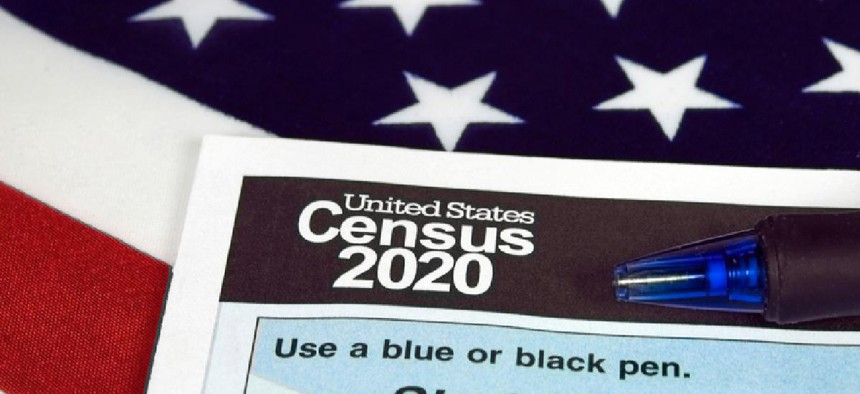Census adds test on controversial citizenship question

Amid lawsuits and legal uncertainty, the Census Bureau announced plans to conduct a last-minute field test to measure the potential impact of the citizenship question on response rates and accuracy.

Amid a series of lawsuits and legal uncertainty, the Census Bureau will now conduct a last-minute in-field test to measure potential impact of the citizenship question on response rates and accuracy.
The new test will begin next June and will cover a sample of 480,000 households nationwide, acting Director Ron Jarmin said. "We expect to have the results by the fall to inform those decisions," he said at the bureau's Scientific Advisory Committee meeting Dec. 6.
Official counting for the 2020 Census begins in January 2020.
The aim of the test is "to try to get a better sense of what the impact on self-response rates on the addition of the question will have," Jarmin said. "We're trying to figure out is there anything we can do with this information to work with [communications partners] to mitigate that impact," as well as measure where the bureau may need to hire more staff "to mitigate the drop in self-response."
Jarmin said the test would entail "using the infrastructure" of the American Community Survey, running one set of surveys with the citizenship question and another without and comparing response rates.
"This is an important thing we need to do from an operational standpoint to make sure we do everything we can to mitigate any negative impacts on self-response," he said.
Critics of the citizenship question have said its inclusion would depress response rates, target minorities, increase costs, reduce accuracy and further complicate a census already grappling with new technologies and methods. They also noted the bureau could not even quantify exactly what the impact would be.
"We have pretty limited reliable evidence of what the impact will be on self-response rates," said Jarmin.
A survey commissioned by the Census as part of its $415 million communications effort and released Oct. 31 reported that "the citizenship question may be a major barrier" to an accurate population count. A quarter of survey respondents said they were "extremely concerned" or "very concerned" their answers to the 2020 Census "will be used against them."
The Census did not offer comment on whether the bureau considered its own survey as reliable evidence, but directed FCW to a previously released statement, which said in part that the coming test, "is designed to measure the operational effect of including a citizenship question on self response rates."
Previously, the bureau's final field test of 2020 census logistics was the 2018 end-to-end test, which census officials have lauded as successful. That test did not include the citizenship question.
The courts will weigh in on the legality of the question's addition. Closing arguments in the trial before the U.S. District Court for the Southern District of New York were held Nov. 27. Additionally, the Supreme Court is scheduled to hear arguments in February over the scope of evidence and whether Commerce Secretary Wilbur Ross can be deposed.
Atri Kalluri, chief of the bureau's Decennial Information Technology Division, said all the final release for the 2018 end to end test -- which handles tabulation and dissemination and is "on schedule" -- has a Jan. 7, 2019 release date. The main focus in 2019, he said, will be the performance and scalability testing for systems, as well as their integration before 2020.
Kevin Smith, Census CIO, said all the systems used in the 2018 test, which include 44 of the 52 to be used in 2020, "have gone through the security processes and the rigor" of cybersecurity testing. He also said the bureau is continuing its cybersecurity partnerships with the Department of Homeland Security, the intelligence community and industry, and will be undergoing penetration testing, bug bounty programs, as well as red team assessments early next year to help detect potential malefactors.





